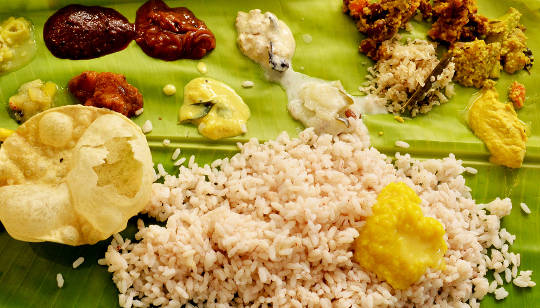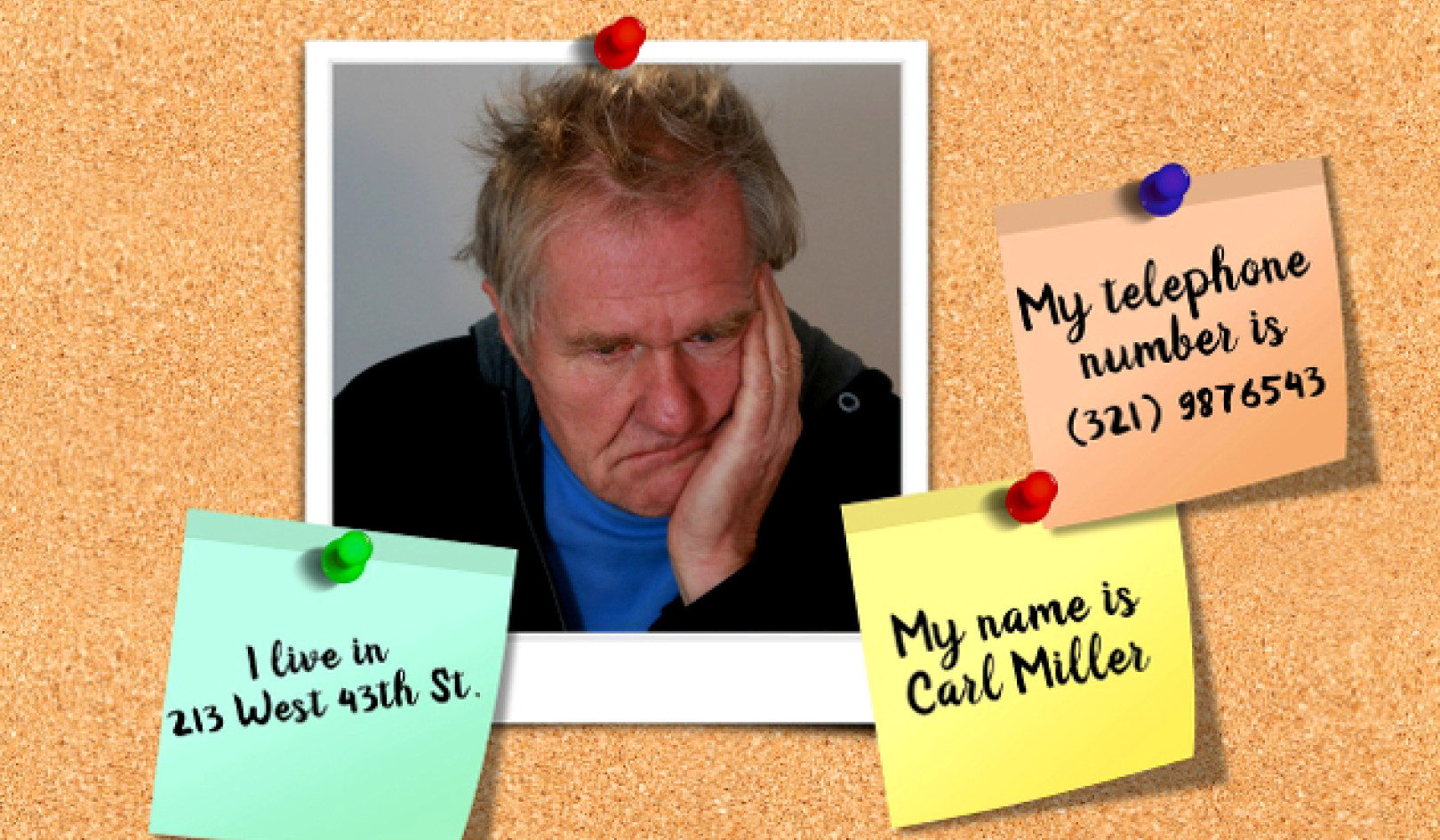
When we think cravings, we tend to think potato chips, pizza, and sweets, and nights of gorging ourselves with foods saturated with salt from our tears of remorse. Late night calls to Papa John and inviting Ben and Jerry to bed makes for a shameful morning, so it’s no wonder cravings are viewed so terribly. It may sound ridiculous to suggest that cravings can be used to benefit our bodies, but I’d say the problem isn’t cravings themselves, but how we view them.
The standard dictionary will define craving as “an intense desire for something.” While we’re all familiar with that definition, there’s more to the story. Study the etymology and you’ll see that “craving” means “to demand” or “to require.” This puts a shift on things. We all know what it is to have an intense desire for food, but how often do we see food as something our bodies demand or require? This is the precisely the take on eating that can shift a temporary diet into a regular part of our lifestyle.
How It All Started
I began playing around with my ideas on cravings when I was pregnant with my third. I was elated to bring this little boy into the world, but the trials of gaining and losing another 50 lbs ate at me. While I had been pretty healthy the first two times -even keeping a food and nutrition journal- I still fell under 200 lbs both times. So, I simply resolved to accept the “reality” of pregnancy by doing my best.
Lucky for me (though I didn’t know it at the time), I got to experience the joys of morning sickness. I felt like death 24/7 for a good two weeks and took another two to three weeks to return to the world of the living. I would never wish that experience on anybody, but it taught me things that put food in a whole new light.
When I was sick I had zero interest in eating anything. Foods that were “good” had no appeal to me and no matter how healthy they were, they would often make me feel sicker. Saltines did nothing and my tried and true carbonated water completely failed me. I knew I needed to eat something, so I started asking myself what in the world I thought I could handle. As I imagined myself feeling relief, I was suddenly hit with the thought of eating raspberries and citrus, and drinking kombucha and apple cider vinegar. I immediately ran my way over to the store for some nauseated shopping and ran home to eat my buys. Eating and drinking these things didn’t make me feel any sicker. In fact, they helped me feel better. By eleven weeks, my morning sickness was gone all together.
Eating Intuitively
This experience with eating got me to question what could possibly be going on with my body. My former pregnancy research made morning sickness seem perfectly sensible (even necessary) given how vulnerable tiny developing fetuses are. When I considered how my cravings could support avoiding risks, I realized that all of the foods I had been eating were not only high in vitamins and antioxidants, but they were acidic too. Could it be that I was craving these foods for their nutritional content and their natural antibacterial properties? Did my body recognize them as safer and beneficial?
Science hasn’t taken me up on studying my little hypothesis, but I can tell you that this mindful, intuitive, and inquisitive approach to eating worked wonders for me. Anytime I would be shopping I would slowly look around and ask myself what I needed to be eating. I found myself buying bunches of kale and eating it every single day for a month straight. Sugary breakfasts were regularly followed by an itch for the licorice root tea that had somehow made it into my cupboard. An overzealous dumping of herbs came to be a part of my cooking routine. While these things certainly qualify as healthy, there was much more to my “spontaneous” behavior.
The licorice root tea I was drinking calmed the dizziness and shortness of breath I felt after sweet meals. When I looked into the properties of the herb, I found out it was actually being used to help balance blood sugar levels in diabetics. And those herbs I lusted for every time I stepped up to the stove? Well, those were natural antiseptics and digestive aids. Food had suddenly become the answer to all the things that were plaguing me. I was eating pounds of fruit and ridiculous amounts of greens and vegetables without ever having to talk myself into it. I hardly ever craved sweets, but I would allow myself to indulge whenever that heavy pang hit me. I trusted that my body was getting whatever it needed from that piece of chocolate cake, and I enjoyed every bite without an ounce of remorse or a moment of sugary-queasiness.
Learning To Listen To Our Bodies
Being intuitive has it’s benefits, but how the heck does someone do it? It may sound like a magical hippie process, but it’s actually pretty simple and anyone can put it into practice. Simply noting what’s bothering us and asking ourselves what we need to eat will conjure images, tastes, and cravings. It takes some effort to really develop and trust this “nutrition intuition,” so practice is key. This approach may seem too mystical or vague for some people. Luckily, there’s an easier way to put this into practice.
The easiest way to shift our approach to cravings is to evaluate the reason for it so we can find an alternative with a healthy twist. If we find ourselves ready to rob the nearest fast food joint for a burger and fries, let’s stop to ask yourself why we want this. Are we drooling at the thought of greasy fingers? Is the salt on those fries beckoning our tastebuds? Are we dying for some heavy, satiating protein? If we can figure out why we’re wanting what we’re wanting, then we can come up with alternatives to address this. Desperate longings can be shifted into supportive cravings that actually benefit our health and keep us satisfied. That keeps us healthy and on track, and without a quarter pounder of remorse.
Listen To YOUR Body
One thing I’ve learned is that everybody is different. What works for one isn’t going to click with another. While this approach may not work for everyone, it’s worth considering and giving a try. The more you can tune in to your body and listen to it, the more you’ll know about your needs and how you can meet them. When it comes down to it, it’s all about doing what works for YOU. So, give it a try and see where the road takes you. And be sure to share the tricks you learn along the way.
About the Author
 Ash Stevens is a writer who doubles as a wannabe nutritionist, philosopher, psychologist, and shaman. When she isn't writing her soul out on the web, she's listening to the great minds (or great comedians) on YouTube, soaking up sunshine, dancing in her living room, or having yet another fascinating conversation with herself (she gives excellent advice, you know). Check out her blog, or find her on Twitter or Facebook and make a new friend!
Ash Stevens is a writer who doubles as a wannabe nutritionist, philosopher, psychologist, and shaman. When she isn't writing her soul out on the web, she's listening to the great minds (or great comedians) on YouTube, soaking up sunshine, dancing in her living room, or having yet another fascinating conversation with herself (she gives excellent advice, you know). Check out her blog, or find her on Twitter or Facebook and make a new friend!
Related Book:
at

Thanks for visiting InnerSelf.com, where there are 20,000+ life-altering articles promoting "New Attitudes and New Possibilities." All articles are translated into 30+ languages. Subscribe to InnerSelf Magazine, published weekly, and Marie T Russell's Daily Inspiration. InnerSelf Magazine has been published since 1985.

Thanks for visiting InnerSelf.com, where there are 20,000+ life-altering articles promoting "New Attitudes and New Possibilities." All articles are translated into 30+ languages. Subscribe to InnerSelf Magazine, published weekly, and Marie T Russell's Daily Inspiration. InnerSelf Magazine has been published since 1985.
























